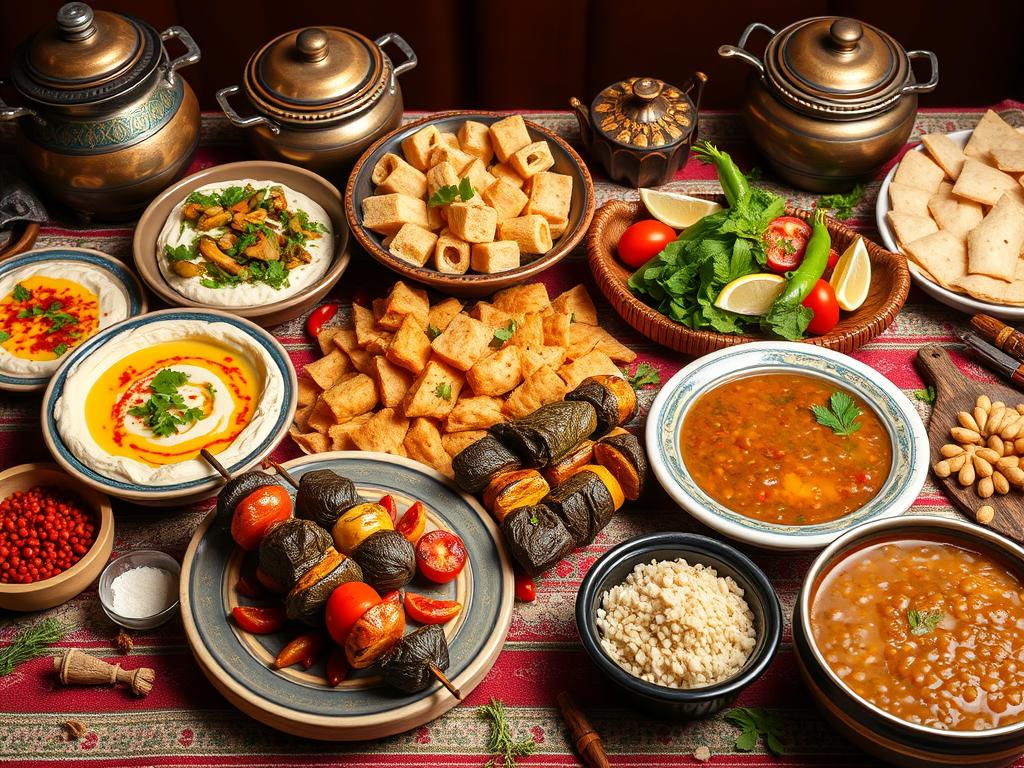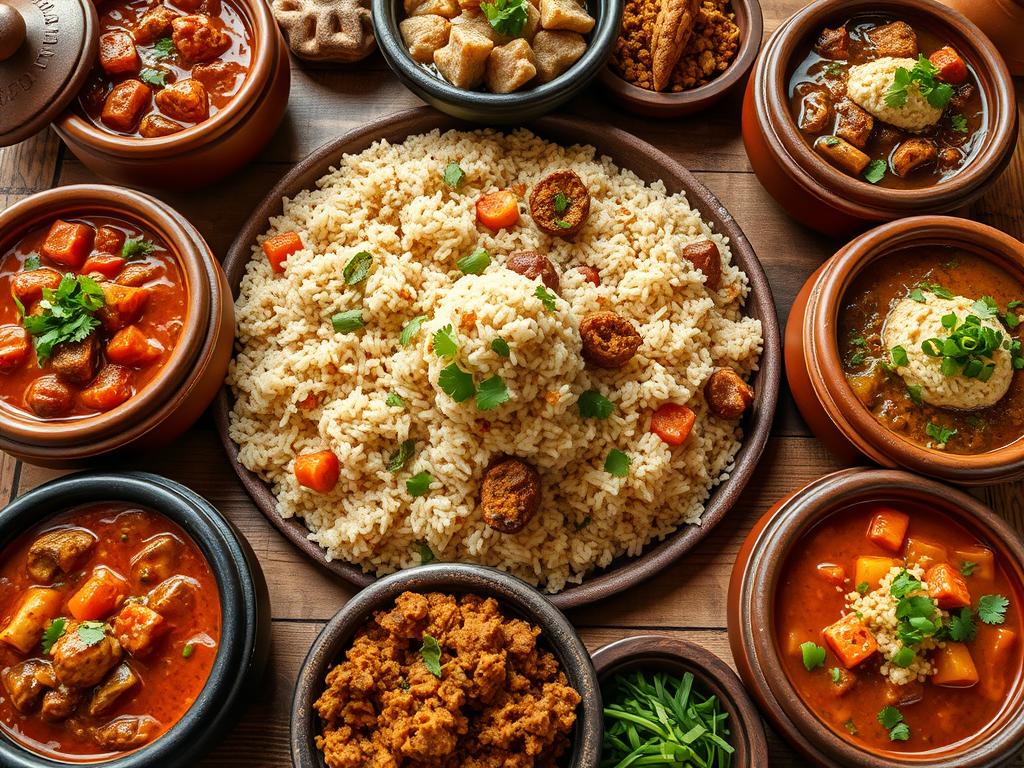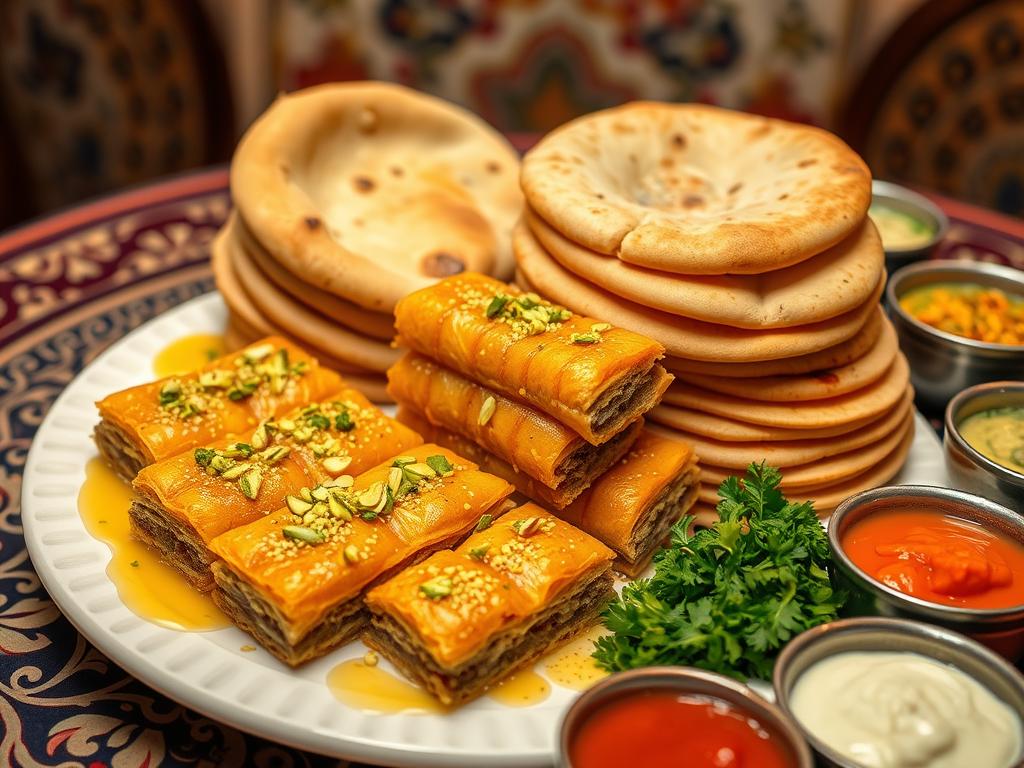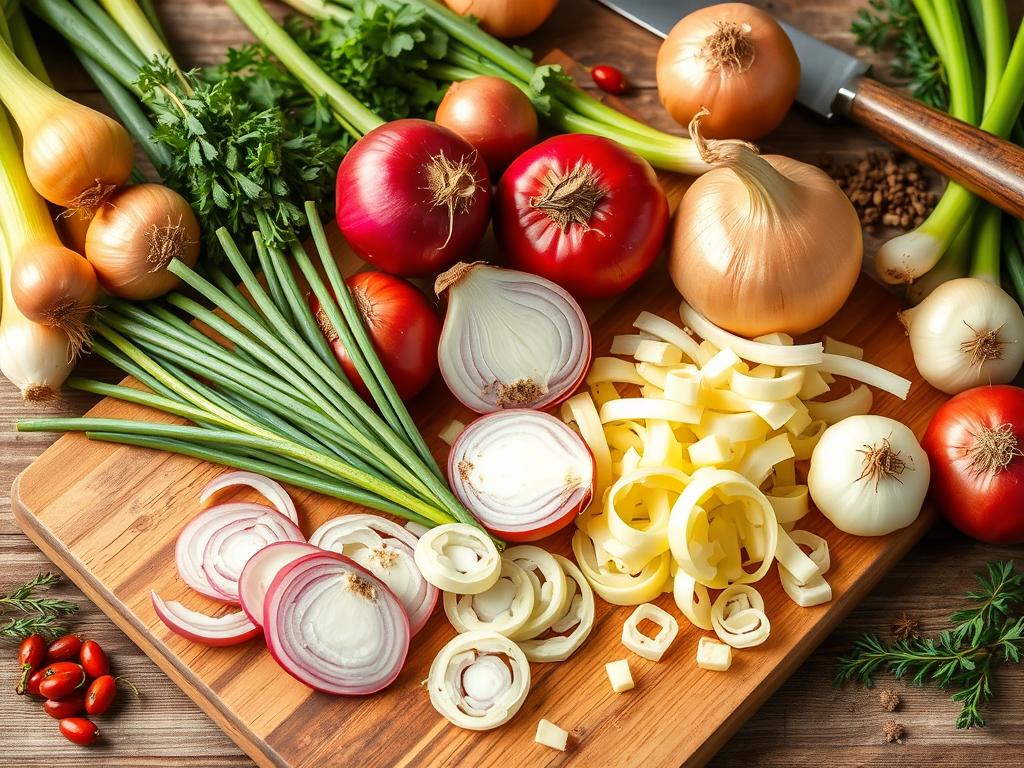Imagine stepping into a bustling marketplace where the air is filled with the scents of spices, fresh herbs, and mouthwatering dishes that promise to transport you to the heart of the Middle East. Arabic cuisine has a unique charm, woven through centuries of tradition and culture. Each recipe tells a story and evokes memories of family gatherings and joyous celebrations. From beloved neighborhood eateries to cherished family kitchens, the 10 Must-Try Traditional Arabic Recipes highlighted here offer a chance to recreate those vibrant flavors in your own home.
Prepared with fresh ingredients, these recipes are not just meals; they are gateways to understanding a rich culinary heritage. Cooking these Middle Eastern dishes allows you to explore unique flavor combinations that can turn a simple dinner into an unforgettable feast. In just about an hour, you can prepare a delightful array of dishes, feeding up to 8 people for approximately A$40 – A$45 (or US$30 – $35). So let’s dive into these authentic recipes and bring a taste of the Arab world to your kitchen.
Key Takeaways
- The preparation time for an Arabian feast is around 1 hour with a variety of dishes.
- You can generously feed up to 8 people for approximately A$40 – A$45.
- A substantial portion of the recipes are vegetarian or offer vegetarian options.
- Common ingredients like tahini and garlic enrich the flavors of Middle Eastern dishes.
- Diverse influences from Israeli cuisine enhance traditional Arabic recipes.
Introduction 10 Must-Try Traditional Arabic Recipes
Arabic cuisine offers a remarkable tapestry of flavors, drawing influences from Mediterranean, Persian, and Indian culinary traditions. This rich heritage is evident in the diverse array of traditional dishes from the Middle East, showcasing the unique characteristics of each region. The vibrant flavors that define Arabic cooking are crafted through the imaginative use of various spices such as saffron, cardamom, cumin, coriander, and turmeric, which together create a distinct and memorable flavor profile.
The Richness of Arabic Flavors
The role of spices goes beyond mere seasoning; they elevate the experience of every meal. A multitude of dishes integrates spices and fresh ingredients like eggplant, tomatoes, onions, and peppers, illustrating a commitment to wholesome, natural components. Lamb frequently serves as a centerpiece in many traditional recipes, complemented by proteins such as chicken, fish, beans, lentils, and chickpeas. For those eager to explore, engaging with local markets and participating in food tours can unveil the secrets behind these exquisite flavors. Find more about enhancing your culinary journey through local experiences here.
Importance of Fresh Ingredients
At the very heart of Arabic cuisine lies an emphasis on fresh ingredients, which not only elevate flavors but also enhance the nutritional value of meals. Wholesome vegetables, aromatic herbs, and succulent fruits like pomegranates and figs offer a colorful contrast to savory dishes, fortifying the culinary experience. Utilizing peak-season produce ensures that recipes not only taste amazing but represent the essence of the region’s bounty. The interplay of fresh ingredients and spices tells a story that transports palates directly into the rich culinary traditions of the Middle East.
Classic Arabic Dishes You Can’t Miss
For those eager to explore the dynamic world of Arabic cuisine, mastering classic dishes brings a rewarding culinary experience. Each dish reflects a rich history and tradition, making them a must-try in any home kitchen.
Hummus: The Ultimate Dip
The Hummus recipe is a cornerstone of many Popular Arab recipes. Crafted from blended chickpeas, tahini, olive oil, garlic, and lemon juice, this creamy dip is perfect for pairing with fresh vegetables or warm pita bread. Its versatility makes it a favorite in many households, and it can be garnished with various toppings, such as olive oil, paprika, or fresh herbs.
Falafel: A Flavorful Bite
Authentic Falafel offers a delightful twist to traditional dining. Made from ground chickpeas or fava beans, spices, and herbs, falafel can be either fried for a crispy exterior or baked for a healthier option. These morsels are often served in pita wraps with fresh veggies and tahini sauce, providing a delicious vegetarian meal that’s loved worldwide.
Shawarma: Middle Eastern Wrapped Goodness
Chicken Shawarma stands out as one of the most beloved street foods across the Middle East. Consisting of marinated, thinly sliced chicken, shawarma is cooked on a vertical spit, allowing the flavors to intensify. Wrapped in pita with fresh vegetables and sauces, this dish is not only easy to prepare at home but also immensely satisfying and enjoyable for a casual meal.

Hearty Arabic Stews and Rice Dishes
Arabic cuisine delivers a delightful array of hearty stews and rice dishes that provide comfort and satisfaction. Each dish resonates with rich flavors and cultural significance, symbolizing togetherness and celebration. This section highlights esteemed dishes such as Lamb Tagine, Kabsa, and Mujadara, showcasing the diversity and heartiness of Middle Eastern cooking.
Lamb Tagine: Slow-Cooked Perfection
Lamb Tagine embodies the essence of hearty Arabic stews. Slow-cooked to tender perfection, this dish brings together lamb, vegetables, and an aromatic blend of spices like cumin and coriander. The communal aspect of sharing this meal enhances its appeal, making it a favorite during family gatherings.
Kabsa: A Fragrant Rice Delight
The Kabsa recipe provides a fragrant feast for the senses. This dish combines long-grain rice with marinated meats, often chicken or lamb, and a variety of spices. Its preparation is a labor of love, often enjoyed during festive occasions. The layers of flavor and texture make Kabsa a signature dish in the Arabian Gulf countries, loved for its warmth and heartiness.
Mujadara: Lentils and Rice with Onions
Mujadara stands out as a nourishing choice among hearty Arabic dishes. This simple yet satisfying meal features lentils and rice topped with caramelized onions. Perfectly budget-friendly, Mujadara is a healthy vegetarian option that offers both flavor and nutrition. A wholesome balance of protein and fiber fills the plate, making it a staple in many households.

| Dish Name | Main Ingredients | Cooking Technique | Texture |
|---|---|---|---|
| Lamb Tagine | Lamb, vegetables, spices | Slow-cooked | Tender and rich |
| Kabsa | Long-grain rice, marinated meat, spices | Simmered | Fragrant and layered |
| Mujadara | Lentils, rice, onions | Boiled and sautéed | Soft and savory |
Delectable Arabic Bread and Pastries
Arabic cuisine features a rich array of breads and pastries, with pita bread holding a notable place in its heart. This versatile staple complements countless dishes and is perfect for scooping up dips or wrapping fresh fillings, making it an essential part of Middle Eastern meals. Creating pita recipes at home allows for experimentation with various flavors to suit personal preferences.
Pita Bread: A Versatile Staple
Making homemade pita bread is not only rewarding but also quite simple. The dough rises beautifully, resulting in soft, fluffy pockets that can hold a variety of fillings. With just a few ingredients, you can whip up a batch that enhances any meal. Whether served alongside a hearty stew or filled with grilled meats and vegetables, this Arabic bread elevates the dining experience.
Baklava: Sweet Layers of Delight
Baklava stands out among traditional pastries from the Middle East, offering a taste of indulgence that captivates the senses. This beloved dessert consists of layers of thin phyllo dough filled with finely chopped nuts, all generously soaked in honey syrup. Its intricate layers and rich flavors make it a perfect treat for celebrations and gatherings.

For those interested in expanding their culinary repertoire, exploring traditional Arabic recipes can provide inspiration for both savory and sweet dishes. Whether trying your hand at a classic pita or the decadent baklava, each recipe highlights the rich flavors of Arabic cuisine.
Refreshing Arabic Salads and Side Dishes
As we delve deeper into the wonderful world of Arabic cuisine, it’s essential to highlight refreshing salads and side dishes that bring a vibrant touch to any meal. These dishes not only complement main courses but also reflect the use of fresh ingredients that are fundamental to Middle Eastern dining. Arabic salads like Tabouli and Fattoush showcase a palette of flavors and textures, while traditional spreads like Baba Ghanoush add richness and depth to the experience.
Tabouli: A Parsley-Filled Salad
Tabouli is a classic Arabic salad, primarily made with finely chopped parsley, tomatoes, and bulgur wheat, creating a light and nutritious option. This salad is typically dressed with a mixture of olive oil, lemon juice, and pomegranate molasses, which balances the sourness of the lemon with a touch of sweetness. The combination of dried mint and sumac adds a unique flavor, making Tabouli a refreshing choice alongside any meal, including Chicken Maqluba or Shawarma.
Fattoush: Crisp and Colorful
Fattoush stands out with its vibrant mix of vegetables like Persian cucumbers, tomatoes, and radishes, topped with crispy pieces of pita bread. The dressing’s distinctive flavor comes from a blend of pomegranate molasses and lemon, ensuring a delightful balance. Featuring an array of colors and textures, Fattoush makes an excellent side dish with main courses such as Kabsa or Vegetable Rice Pilaf. Preparing Fattoush can also reflect personal preferences, allowing for creativity in ingredient choice.
Baba Ghanoush: Smoky Eggplant Spread
No Arabic meal is complete without Baba Ghanoush, a creamy spread made from roasted eggplant blended with tahini, olive oil, garlic, and spices. This smoky delight pairs beautifully with pita bread or fresh vegetables. It’s ideal as a dip or side dish, complementing hearty Arabic meals. For anyone looking to explore more about the health benefits of incorporating fresh ingredients in their diets, consider easy recipes that include nutritious vegetables similar to those found in cabbage. Overall, these Arabic salads and spreads not only enhance flavors but also contribute to a balanced and wholesome meal.











